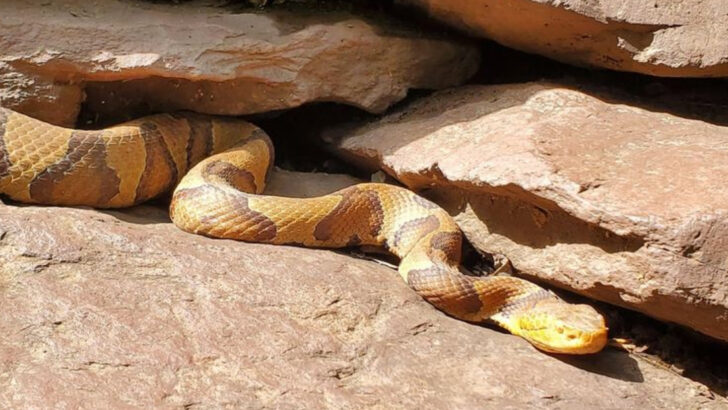Snakes aren’t just slithering shadows in the grass—they’re hardworking allies in the fight for your next meal.
While many see fangs and flee, farmers in the know breathe a sigh of relief. Why? Because those venomous reptiles are handling business that tractors can’t.
Rodents tremble at the hiss. Crops stay safer. Barns stay cleaner. Some of these snakes are nature’s pest control experts, keeping plagues at bay without ever asking for a paycheck.
It’s time to flip the script on fear. These 17 venomous snakes aren’t villains—they’re unexpected heroes hiding in plain sight, doing more for American agriculture than most people realize.
Eastern Diamondback Rattlesnake
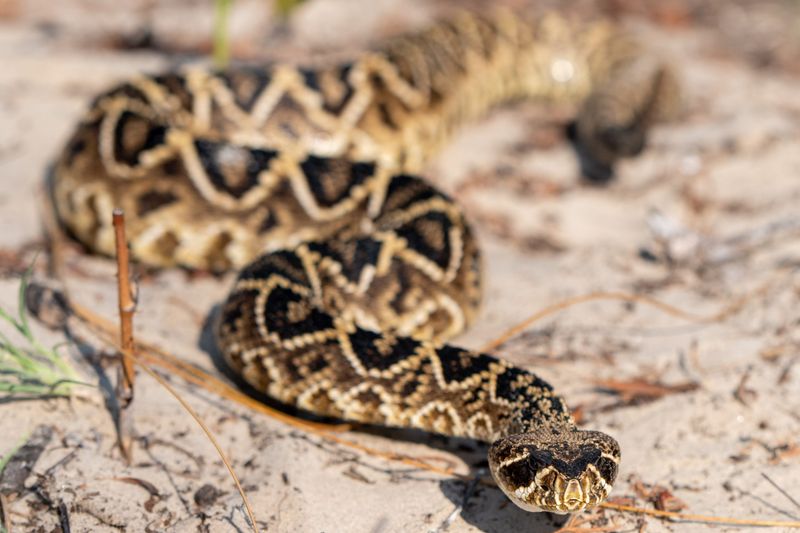
With its intimidating size and striking diamond pattern, the Eastern Diamondback Rattlesnake is a formidable presence. However, this snake is a farmer’s ally, primarily because it preys on rodents that can devastate crops. By controlling the population of these pests, the snake helps maintain the health of the fields. Its presence may alarm some, but its contribution to agriculture is undeniable. In fact, without these natural pest controllers, farmers might struggle with increased pest problems. The Eastern Diamondback, therefore, is an essential part of the agricultural landscape.
Copperhead Snake
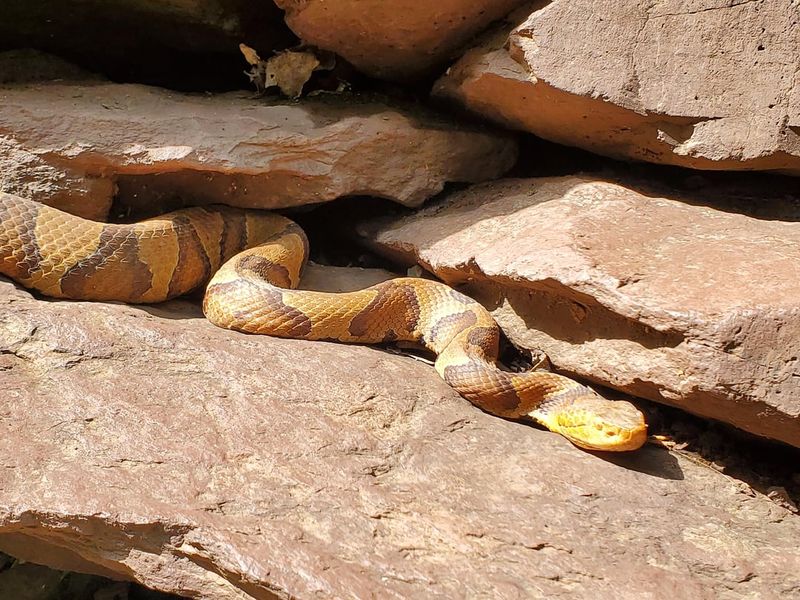
The Copperhead Snake, with its distinctive copper-colored head, is more than just a pretty face. This snake plays a vital role in controlling the rodent and insect populations. Its diet includes many pests that can damage crops. For farmers, this means fewer chemical pest control methods are needed, promoting a healthier environment. Additionally, the Copperhead’s secretive nature keeps it out of sight, working quietly in the background. By keeping pest numbers in check, the Copperhead indirectly supports the growth of healthy crops.
Timber Rattlesnake
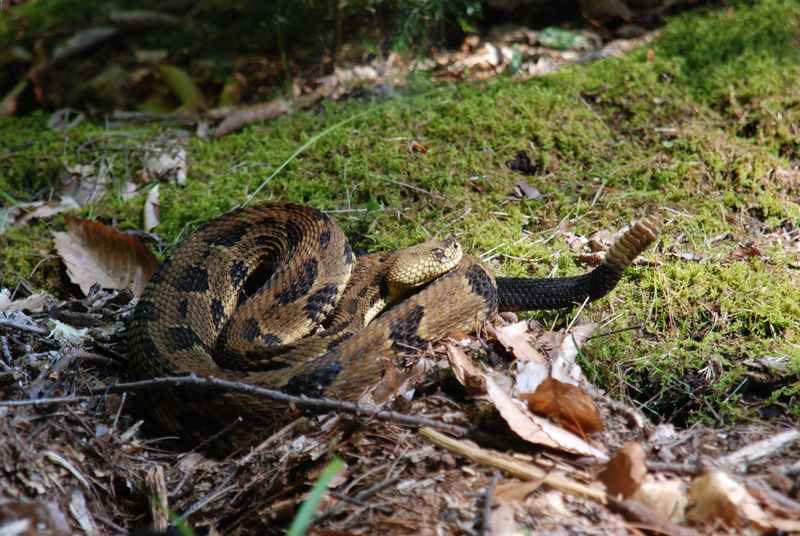
Lurking in the shaded forests, the Timber Rattlesnake is a master of disguise. Farmers appreciate this snake for its role in curbing the populations of small mammals that can damage crops and spread disease. Its keen sense of smell and heat detection make it an effective hunter. Though often hidden from plain view, the Timber Rattlesnake’s impact on pest control is significant. By reducing the need for artificial pest management, it helps maintain ecological balance. This elusive snake remains a silent guardian of the fields.
Western Diamondback Rattlesnake
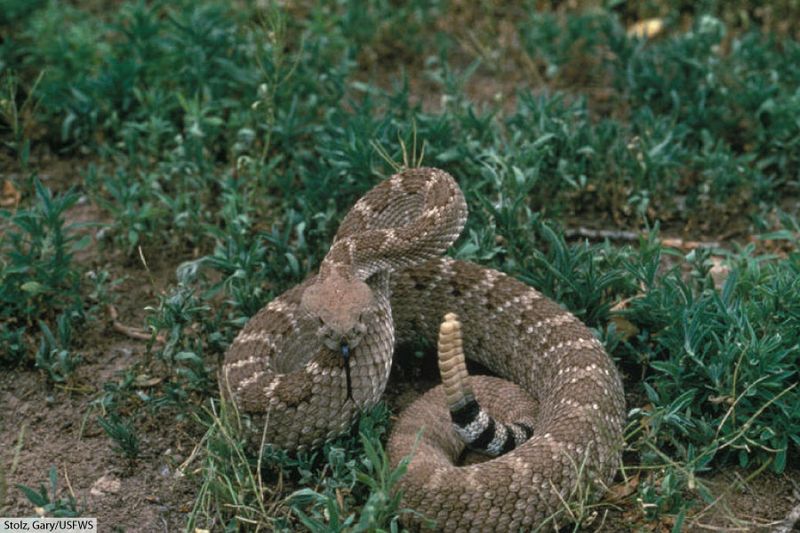
In the arid landscapes of the American Southwest, the Western Diamondback Rattlesnake reigns supreme. Known for its distinctive rattle, this snake is an expert at managing rodent populations. Its presence means fewer pests, which translates to healthier crops for farmers. While its rattle may serve as a warning, it also signifies a natural pest control system at work. Farmers benefit from this snake’s ability to keep potential crop-damaging animals at bay. The Western Diamondback is a crucial player in the agricultural ecosystem.
Mojave Rattlesnake

The Mojave Rattlesnake, notorious for its potent venom, is surprisingly beneficial to farmers. Despite its fearsome reputation, this snake helps control populations of rodents and other small creatures that can harm crops. Its role in maintaining the ecological balance cannot be overstated. By reducing pest numbers naturally, the Mojave Rattlesnake helps minimize the need for chemical pesticides. This, in turn, contributes to a more sustainable farming practice. The presence of this snake, therefore, is a boon for environmentally conscious farmers.
Cottonmouth (Water Moccasin)

The Cottonmouth, often found near water bodies, is more than just a daunting figure in the swamp. Farmers value its ability to control populations of amphibians and small rodents. These pests often pose a threat to crops, and the Cottonmouth’s hunting prowess keeps their numbers in check. Though its open mouth display can be unnerving, it plays a crucial role in maintaining the health of the ecosystem. By preying on potential crop threats, the Cottonmouth supports agricultural productivity.
Coral Snake
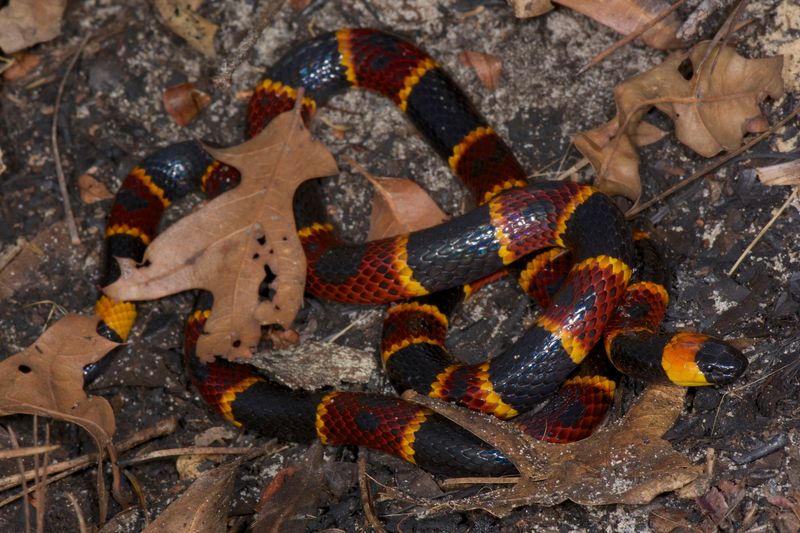
With its striking color pattern, the Coral Snake is a vibrant addition to the wild. This snake is particularly beneficial in controlling small rodent and lizard populations. Its diet helps reduce the number of pests that damage crops. For farmers, this means a natural reduction in pest-related crop damage. The Coral Snake’s presence can deter other potentially harmful predators as well. By managing pest dynamics, the Coral Snake indirectly boosts agricultural yield and health.
Prairie Rattlesnake
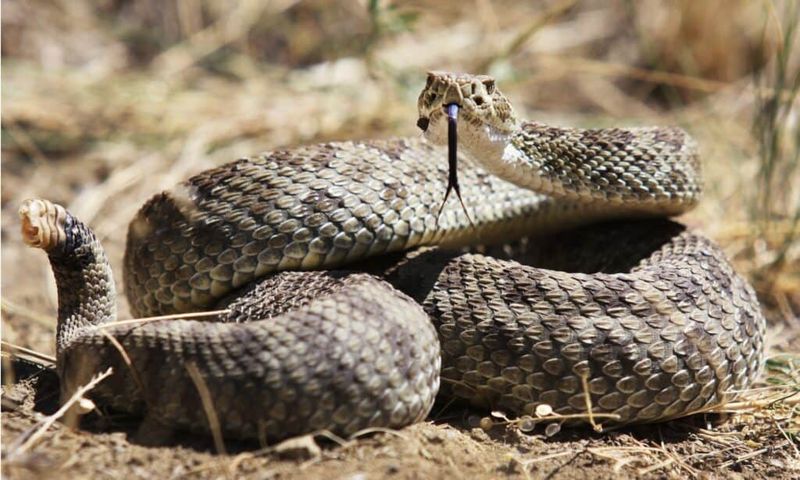
The Prairie Rattlesnake, a resident of the grasslands, is an expert in pest control. Its diet consists largely of small mammals and insects that can be detrimental to crops. By keeping these populations in check, the Prairie Rattlesnake aids in promoting healthy crop growth. Its presence is a natural deterrent to pests that otherwise might require chemical control methods. Farmers can rely on this snake’s hunting skills to support a balanced ecosystem and reduce pest-related issues.
Pygmy Rattlesnake
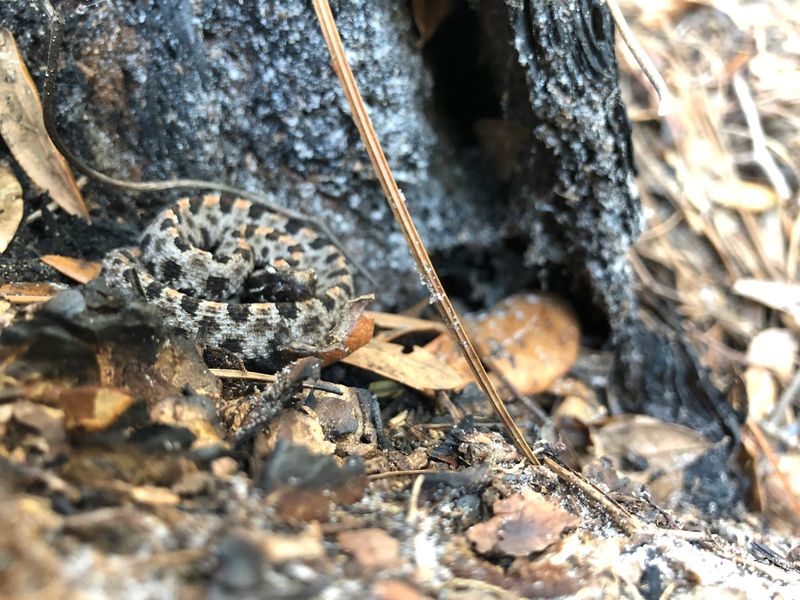
Don’t let the size of the Pygmy Rattlesnake fool you; this small snake has a big impact. Farmers appreciate its role in controlling insects and rodents that can wreak havoc on crops. Its ability to adapt to various environments means it’s an effective pest controller across diverse landscapes. The Pygmy Rattlesnake’s petite presence offers a quieter, less menacing form of pest management, allowing farmers to focus on agricultural production without worry. This tiny protector ensures that pests remain at bay.
Massasauga Rattlesnake
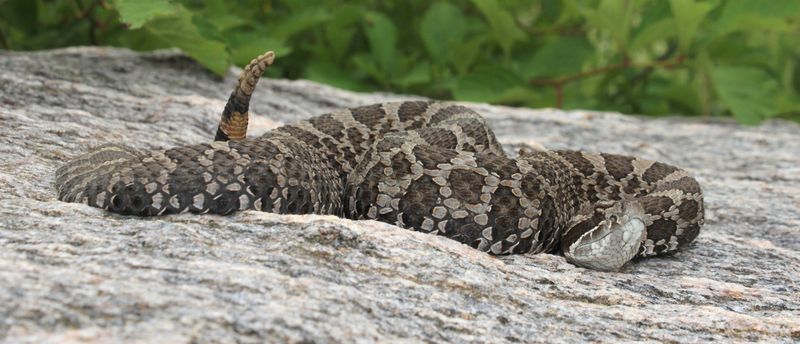
The Massasauga Rattlesnake, although small, plays a substantial role in pest control. Found in marshy and grassland areas, it preys on small rodents and insects that can threaten crops. Its presence is a natural form of pest management, reducing the need for chemical interventions. Farmers benefit from its ecological role, as the snake helps maintain a balanced environment conducive to crop growth. By sustaining this equilibrium, the Massasauga Rattlesnake supports thriving agricultural practices.
Sidewinder Rattlesnake
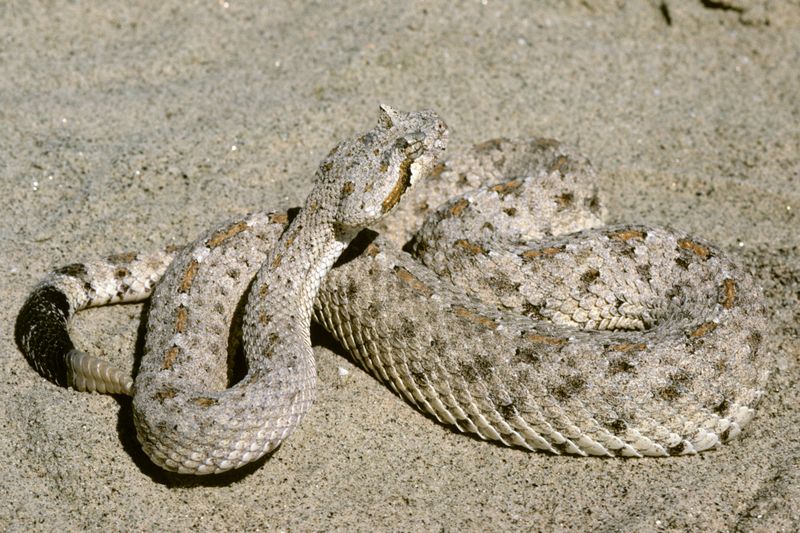
Known for its unique sidewinding motion, the Sidewinder Rattlesnake is a curious desert dweller. Its diet includes rodents and insects that may harm crops, making it a valuable asset to farmers. This snake’s unusual movement not only aids in its hunting but also helps it navigate the hot desert sands efficiently. By controlling pest populations, the Sidewinder contributes to healthier crops without the need for chemical remedies. Its presence signifies a balanced desert ecosystem where crops can flourish.
Tiger Rattlesnake
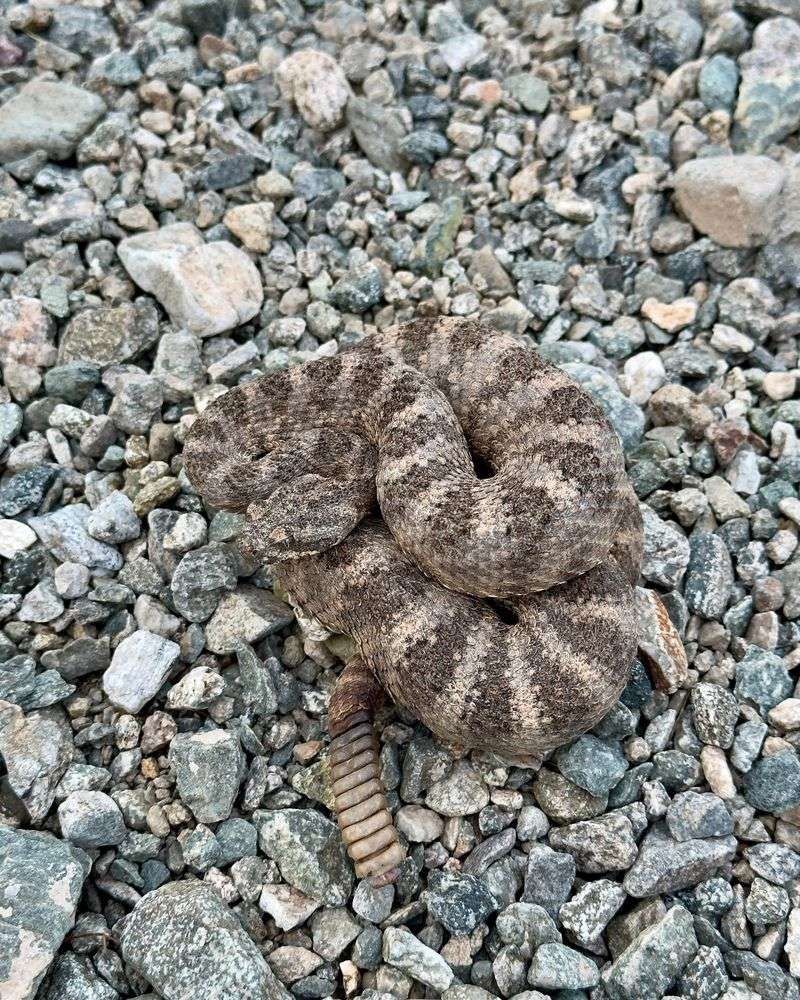
The Tiger Rattlesnake, with its distinctive banding, is a striking figure in rocky landscapes. Farmers benefit from its appetite for rodents and small reptiles, natural controllers of pests that threaten crops. Its efficient hunting skills mean a reduced need for artificial pest control, promoting a more organic approach to farming. The Tiger Rattlesnake’s presence ensures a balanced ecosystem, aiding in the protection of crops and proving itself an unlikely ally to agricultural success.
Black-tailed Rattlesnake

The Black-tailed Rattlesnake, with its contrasting black tail, is an unsung hero of pest control. Found in rocky and desert areas, it preys on small mammals that might otherwise threaten crops. Its presence reduces the need for chemical pest solutions, encouraging sustainable agriculture. This snake’s adaptability to various terrains makes it a versatile ally in maintaining ecological balance. Farmers value its role in naturally regulating pest populations, leading to healthier crops and ecosystems.
Southern Pacific Rattlesnake
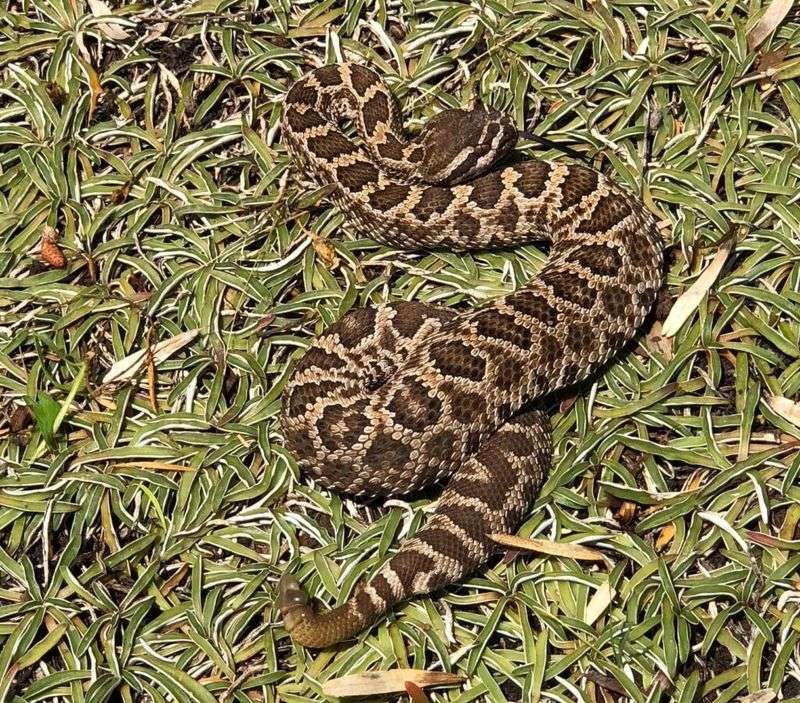
The Southern Pacific Rattlesnake is adept at navigating the chaparral landscapes it calls home. Its diet, consisting of rodents and insects, is beneficial for farmers looking to protect their crops naturally. This snake’s ability to thrive in diverse environments makes it an effective pest controller across a range of ecosystems. By reducing the need for chemical pesticides, it supports healthier, more sustainable farming practices. The Southern Pacific Rattlesnake’s ecological contributions are invaluable to agriculture.
Arizona Black Rattlesnake
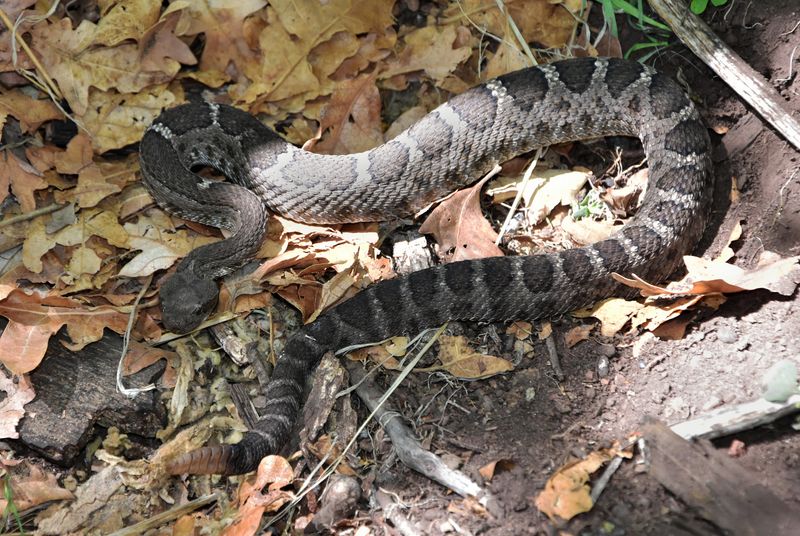
In the rugged mountains of Arizona, the Arizona Black Rattlesnake works diligently to control pest populations. It preys on rodents and insects that pose a threat to crops, aiding farmers in naturally managing these pests. Its dark, shimmering scales blend with the mountainous terrain, allowing it to hunt effectively. By reducing the need for chemical interventions, this snake promotes a more sustainable agricultural environment. Its presence is a testament to the delicate balance of nature in farming ecosystems.
Speckled Rattlesnake
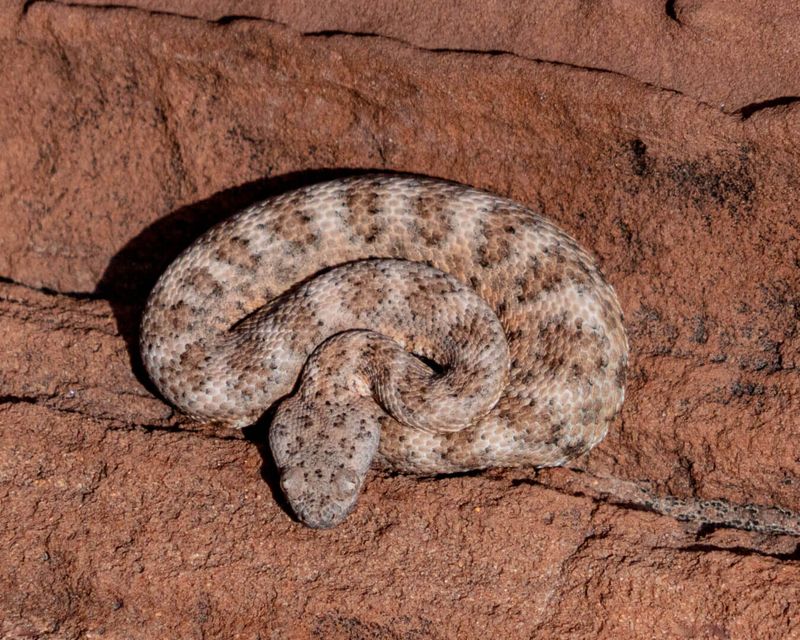
The Speckled Rattlesnake, with its unique speckled scales, is an expert in camouflage. This ability helps it hunt rodents and insects that can damage crops. Its presence is a natural form of pest control, reducing the reliance on chemical solutions. Farmers appreciate its role in maintaining a balanced ecosystem, which in turn supports healthy crop production. The Speckled Rattlesnake’s contribution to agriculture is a reminder of the importance of biodiversity and natural pest management.
Rock Rattlesnake
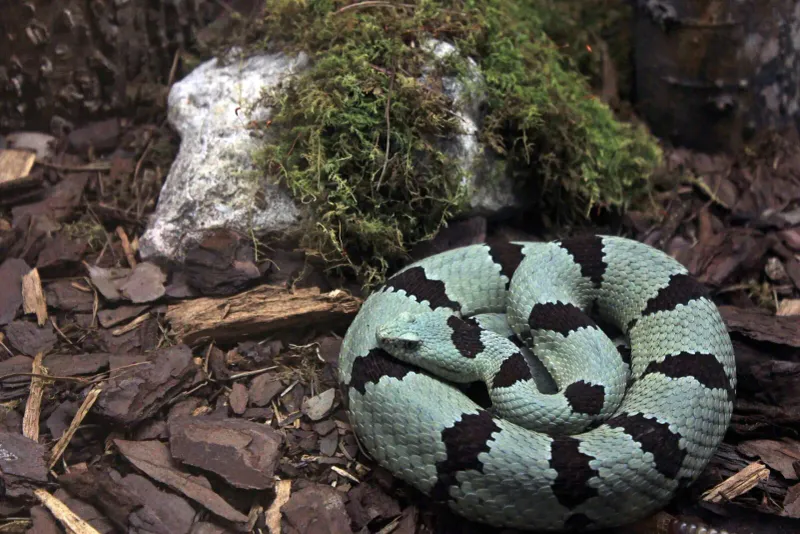
Camouflaged among the boulders, the Rock Rattlesnake is a master of disguise. It preys on small mammals and insects, offering farmers a natural pest control solution. This snake’s ability to blend with its surroundings aids in its hunting efficiency, ensuring that crop-damaging pests are kept in check. Farmers benefit from the Rock Rattlesnake’s presence, as it reduces the need for chemical pest control. Its contribution to agriculture is a testament to the intricate balance of nature.

